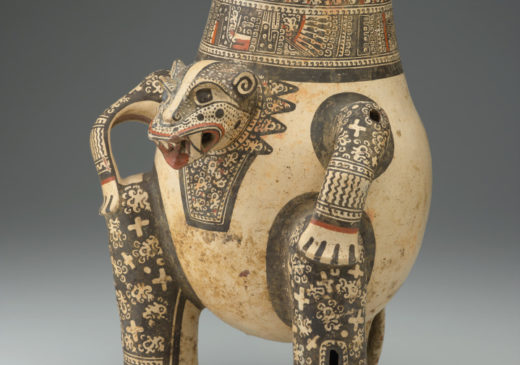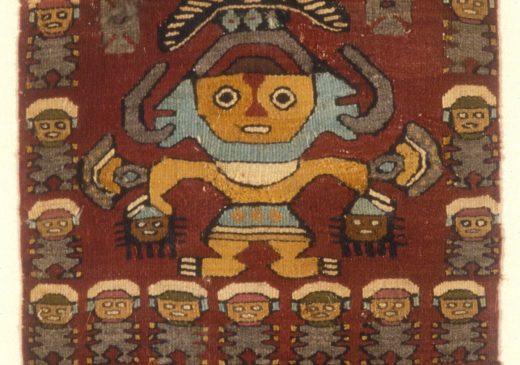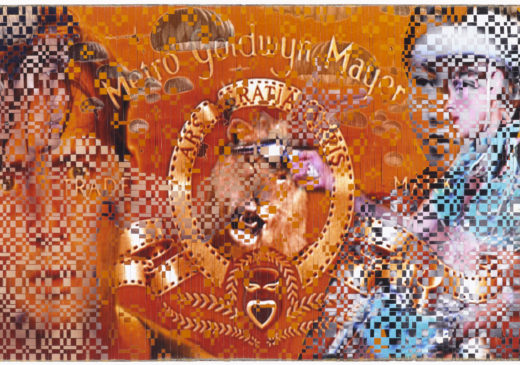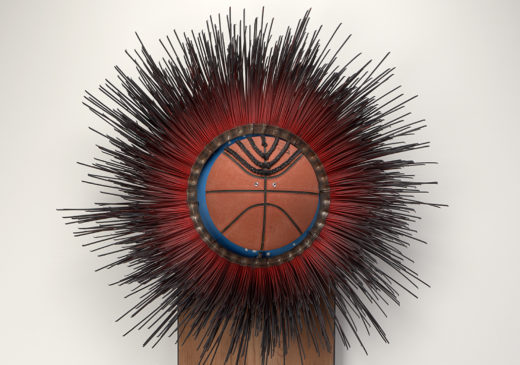Middle School Art Cards (art card)
Art Cards are engaging and ready-to-use learning activities that help you integrate works of art into your...
view art cardSee the slide version of this card:
This sculpture comes from an ancient Egyptian burial site and depicts the pharaoh Akhenaten (ah-ken-nah-ten).
This shabti was made for Akhenaten’s tomb. Shabtis were intended to perform work that the deceased was called upon to do in the afterlife. Akhenaten furnished his tomb with at least two hundred shabtis, but none of them have been found intact.
Akhenaten imposed a monotheistic religion on ancient Egypt. However, he furnished his tomb traditionally, with shabtis connected to the god Osiris. After his death Egypt returned to a polytheistic tradition. Most depictions of Akhenaten, such as this shabti, were destroyed or damaged to erase his memory.
Visit the “Learn More” sidebar to find more information about the work of art and artist and find other works of art that relate to the subject matter, media, and techniques used by the artist.
Art Cards are engaging and ready-to-use learning activities that help you integrate works of art into your...
view art cardArt Cards are engaging and ready-to-use learning activities that help you integrate works of art into your...
view art card
Art Cards are engaging and ready-to-use learning activities that help you integrate works of art into your...
view art card
Art Cards are engaging and ready-to-use learning activities that help you integrate works of art into your...
view art card
Art Cards are engaging and ready-to-use learning activities that help you integrate works of art into your...
view art card
Art Cards are engaging and ready-to-use learning activities that help you integrate works of art into your...
view art card
Art Cards are engaging and ready-to-use learning activities that help you integrate works of art into your...
view art card
Art Cards are engaging and ready-to-use learning activities that help you integrate works of art into your...
view art card